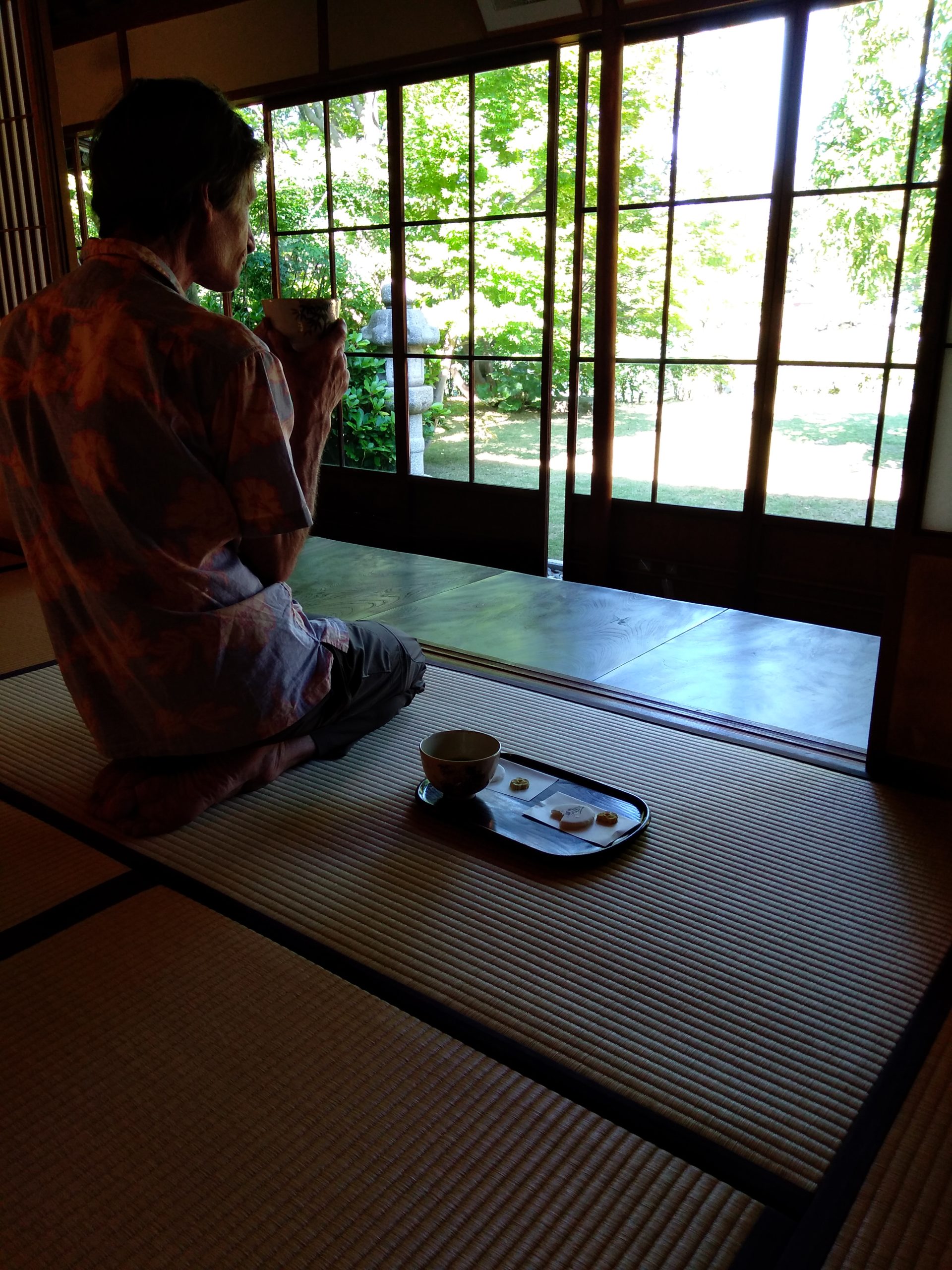
The originators of the Japanese tea ceremony believed that the simple activity of sharing tea with a friend was like the path of a falling cherry blossom. It is a fleeting encounter on a path that can never be exactly repeated. Though the preparing and serving of tea usually follow ritualized movements, each tea gathering is unique. The ancient Japanese tea masters passed down the phrase ichigo ichie. Translations include “one time, one meeting”; “a singular moment, a singular meeting”; and “once-in-a-lifetime encounter.” The message reminds us to be grateful and mindfully appreciate our surroundings, often easier said than done. Here are three stories of treasured moments with Japanese tea in Niigata, Japan.

I-chi-go Ichi-e at Enkikan
Long ago, someone wrote ichigo ichie with broad strokes of black ink on a single white scroll hanging from the wall of the historic 112-year-old home called Enkikan. Originally built as the home for one of Niigata’s leading merchant families, the current generation gifted the house to Niigata. The city moved Enkikan within the grounds of Hakusan Jinja, a venerable Shinto shrine founded in the eighth century. Entrance is free, and matcha tea served in the room of your choice with Japanese sweets costs less than $4.
A friendly Japanese woman in her late sixties spryly entered the room and effortlessly kneeled before us. She gracefully slid a tray with two colorfully decorated Japanese sweets and simple cups of spring-green matcha to my wife and me before bowing and leaving. After the sounds of her socks sliding over the woven-straw-mat floor dissolved, the room held silence. Outside the sliding doors, though, cicada and small birds passionately conversed in the trees in the garden. A dragonfly hovered briefly on the other side of a glass window, then zigzagged away. A breeze carried flower incense.
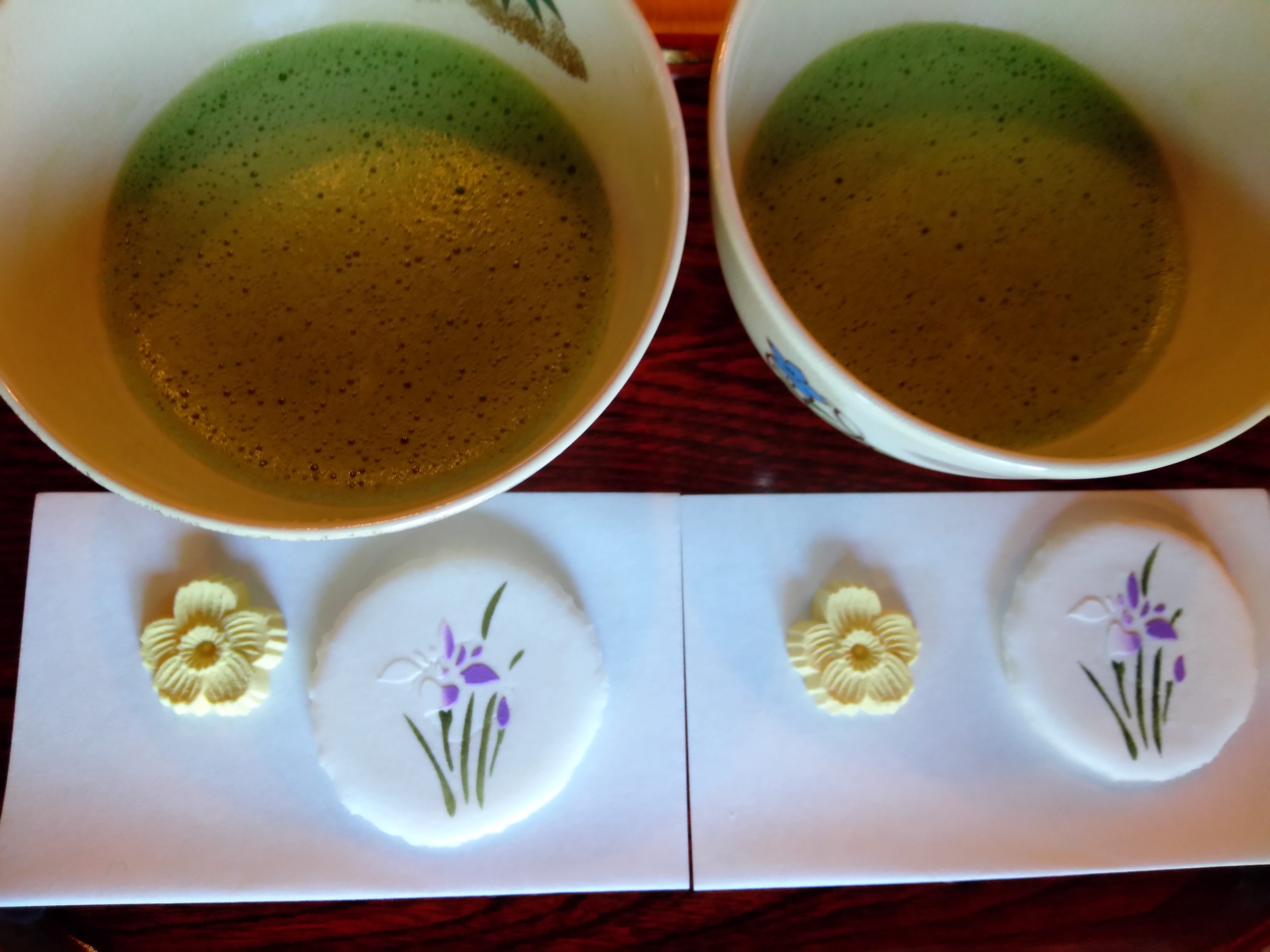
Captivated by the sunrays shifting through breeze-touched foliage, the warm matcha, and its delicate aroma, we sipped slowly. This was my first chance to savor Japanese tea outside my home after months of the COVID-19 pandemic and travel restrictions. Ichigo ichie reminded me to value the moment. Revitalized by matcha, we meandered around the shrine’s ancient stone monuments, strolling bridges above ponds where multicolored carp swam near spiraling pink lotus flowers.
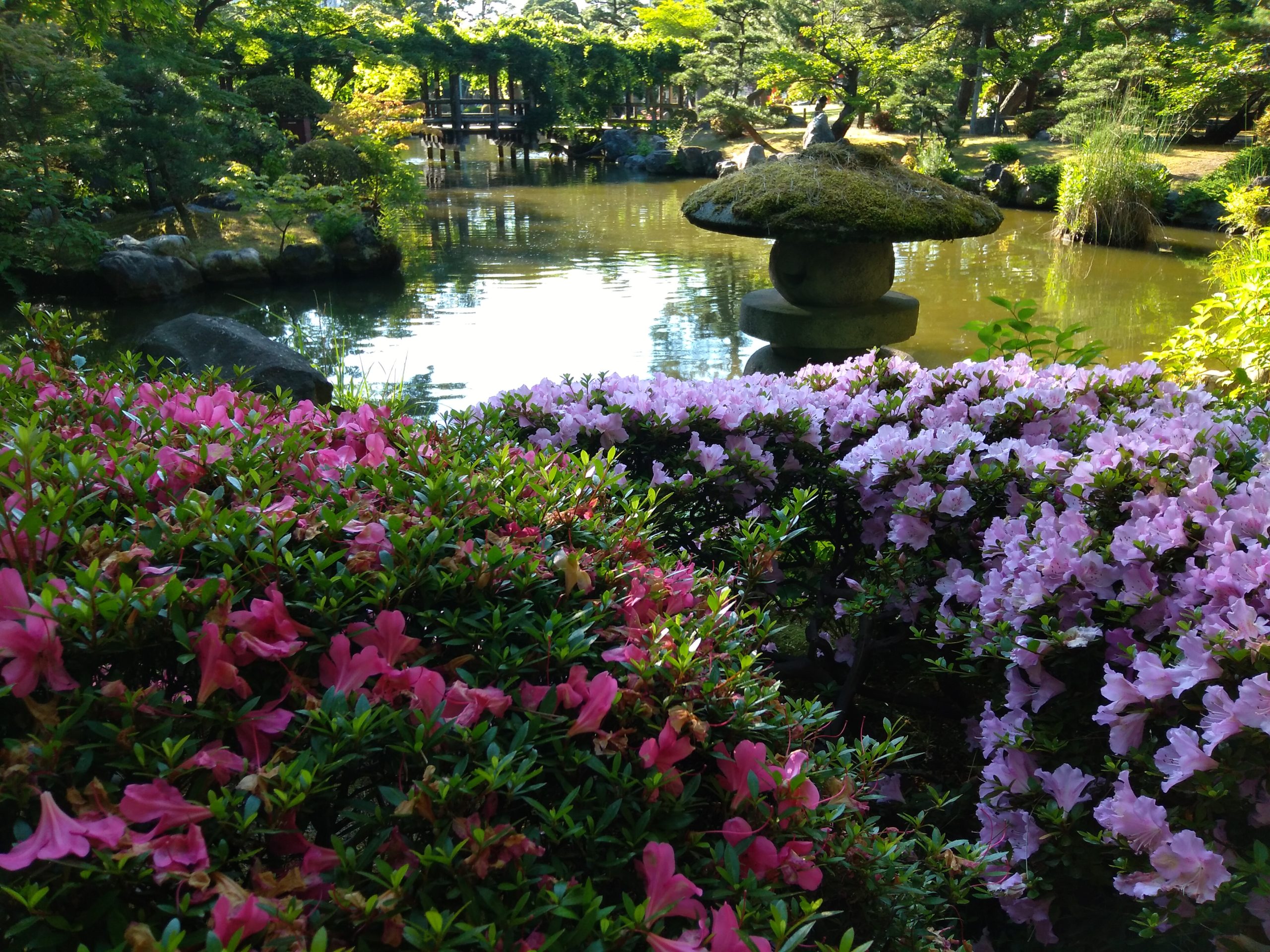
Tea Ceremony in the Snow
A ceremony in a tea garden constructed of snow was another singular gathering. Yearly snowfall in Tokamachi, Niigata, is around five meters (16.4 ft). Optimizing that cold resource, the people of Tokamachi have created a winter festival, unlike any other. Intricate snow sculptures as large as homes, outdoor and indoor music concerts, kimono fashion shows on a stage built of snow, local food dishes, and hot tea in the snow attract visitors from all parts of Japan.
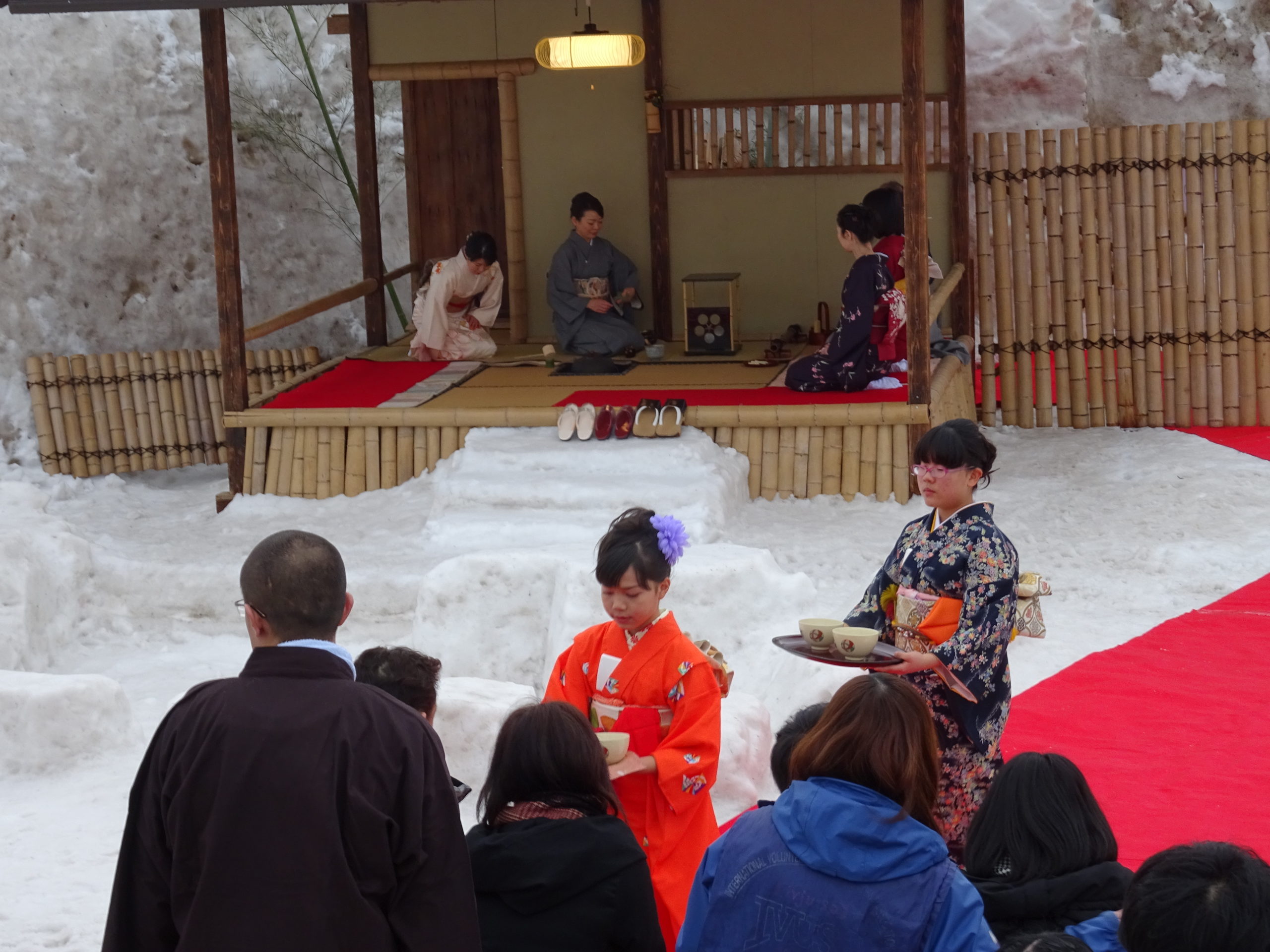
Meandering through the festival grounds, I encountered white, stone-castle-like walls constructed of snow. A mysterious circular opening and a path led inward. I had discovered a tea room, or chashitsu in Japanese, built of snow, imagination, and tradition.
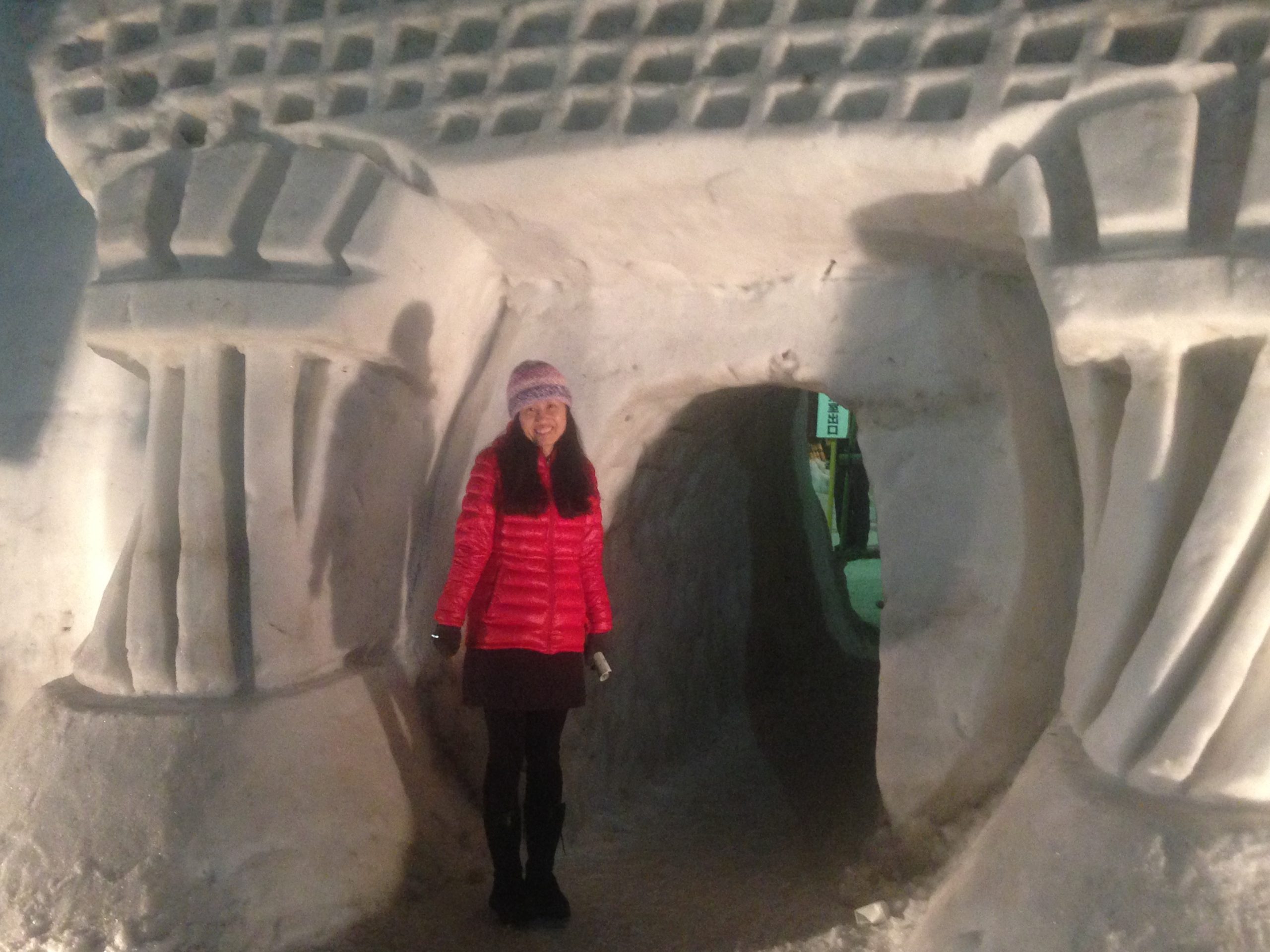
The ancient masters designed tearooms to match their concepts of the optimal environments for tea gatherings. A garden path (called roji) that visitors walk before entering became common. The excellent tea book What is Chanoyu? describes roji as a “path leading into an extraordinary, non-worldly space. A chashitsu is a space removed from ordinary life, and roji is the path leading to it. In the roji, the guests ready themselves mentally for entering the non-worldly space of the chashitsu.”
A roji is most often constructed of dark flattish stones set amid green moss.

The snow-tunnel roji brought me to an unworldly space—a vast courtyard within a snow and ice castle. Benches of snow and smoking braziers with glowing embers waited where I stood. On the opposite side was a wooden stage upon which kimono-clad men and women performed a formal tea ceremony. I sat on a snow bench with other guests and watched the ceremony proceed in the minus-zero temperature. Meanwhile, young Japanese women, each wearing kimonos of different designs and colors, elegantly walked from another corner of the courtyard toward us. They brought us tea sweets and bowls of slightly bitter matcha.
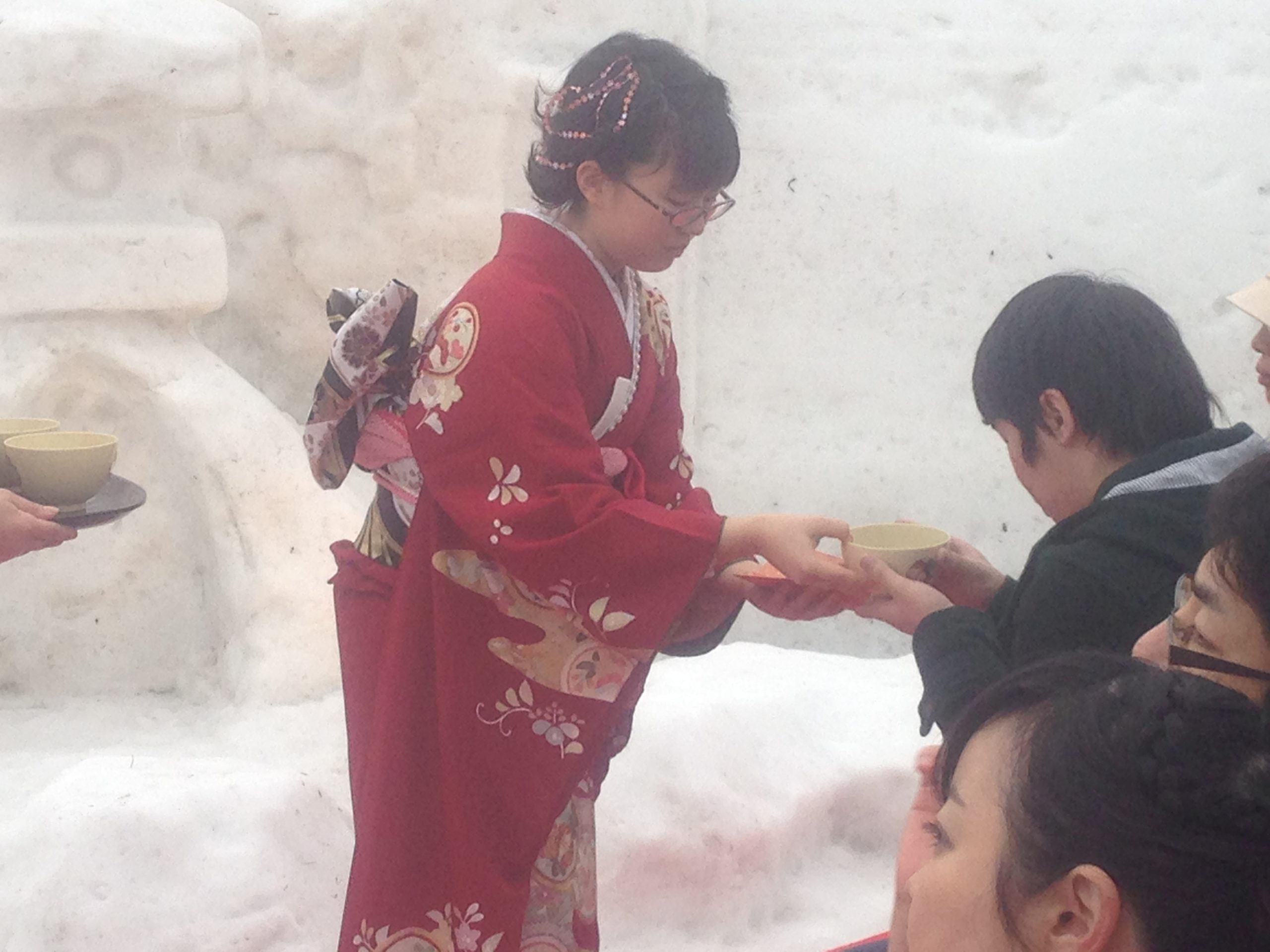
The audience and I were entranced. All of my senses seemed intensified. Though we were far from the stage, I could see a tea master fold a small silk cloth and wipe the implements with studied movements. The white snow walls emphasized the colors of the kimonos of the tea servers. We sipped warm tea, inhaled its fragrance, and exhaled puffs of steam like dragons in a castle, a magical memory of a time that will never be repeated.
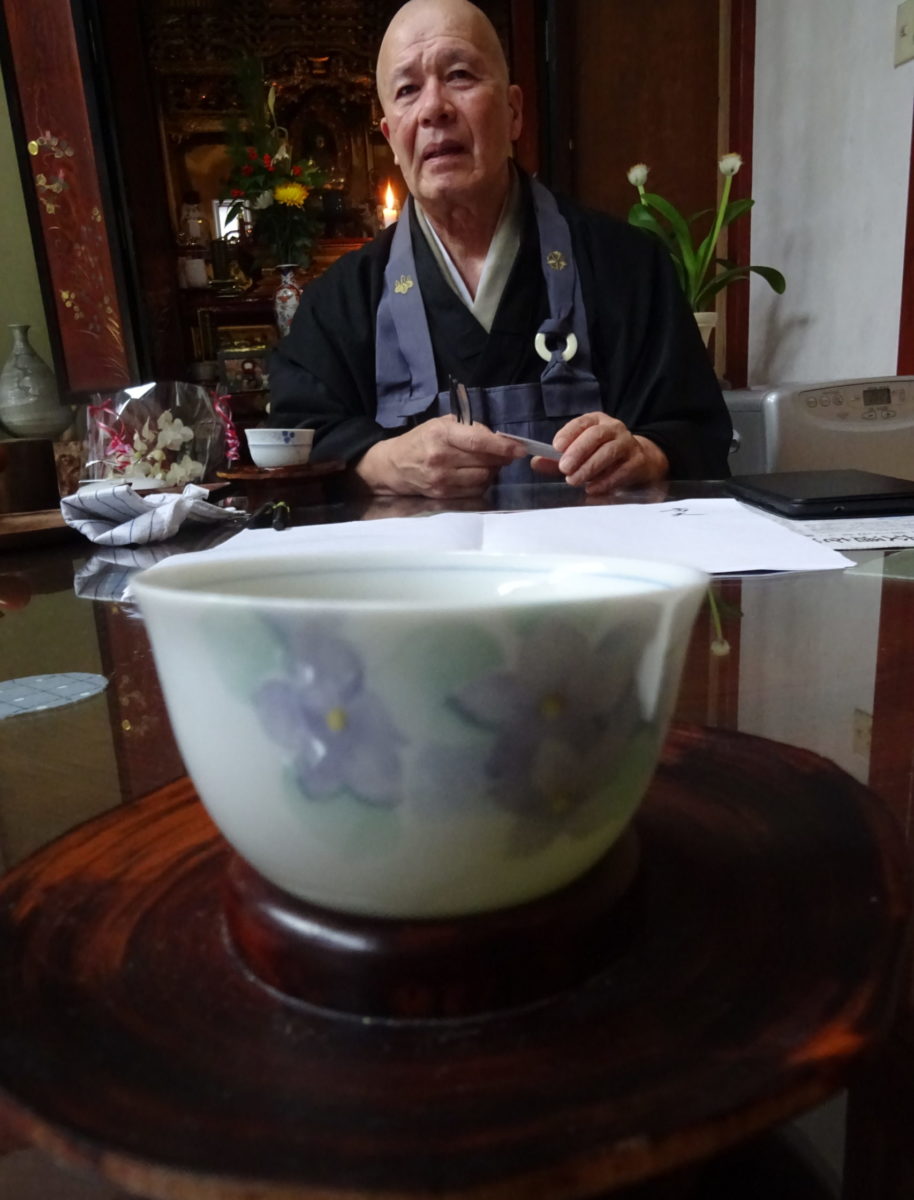
Drinking Tea with a Zen Monk
More than a millennium ago, monks brought tea from China to Japan. Tea was a medicine, an aid for meditation, and much more. Zen Buddhism influences much of the philosophy behind traditional tea ceremonies.
I visited Hojyou, a 73-year-old Soto Zen Buddhist monk, at his 500-year-old wooden temple in remote Murakami, Niigata, to study Zen meditation and vegetarian Buddhist cuisine. With a shaved head and a monk’s loose flowing garb, he led me inside. First, he prepared a pot of green tea. Our enlightening discussion included Buddhism, meditation, vegetarian food, the life of a monk, and more. We drank tea, shared our thoughts, and drank more tea.
He explained that the philosophy of both Zen meditation and vegetarian cuisine is to enable followers to focus on the present, which is an integral aspect of the traditional tea ceremony.
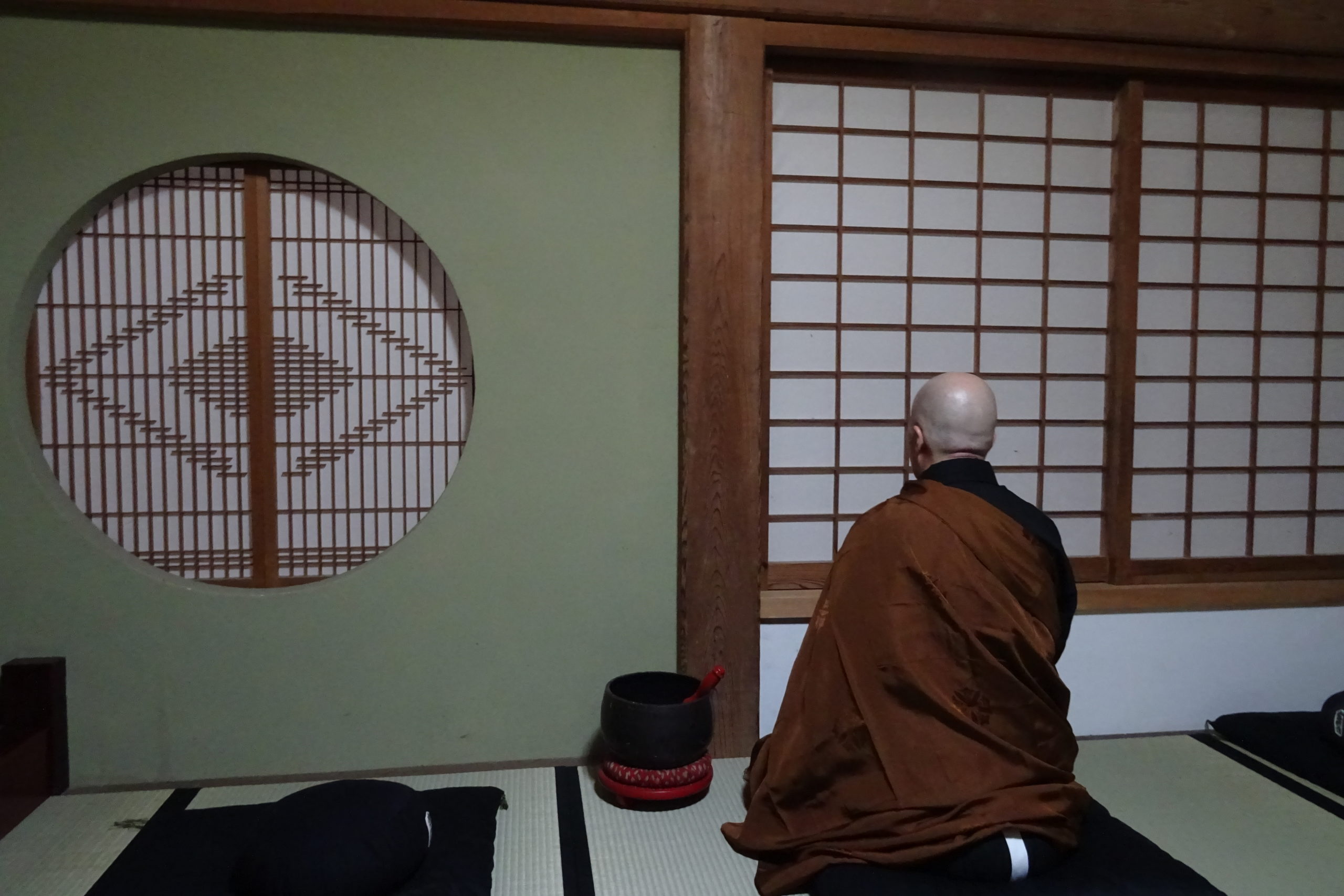
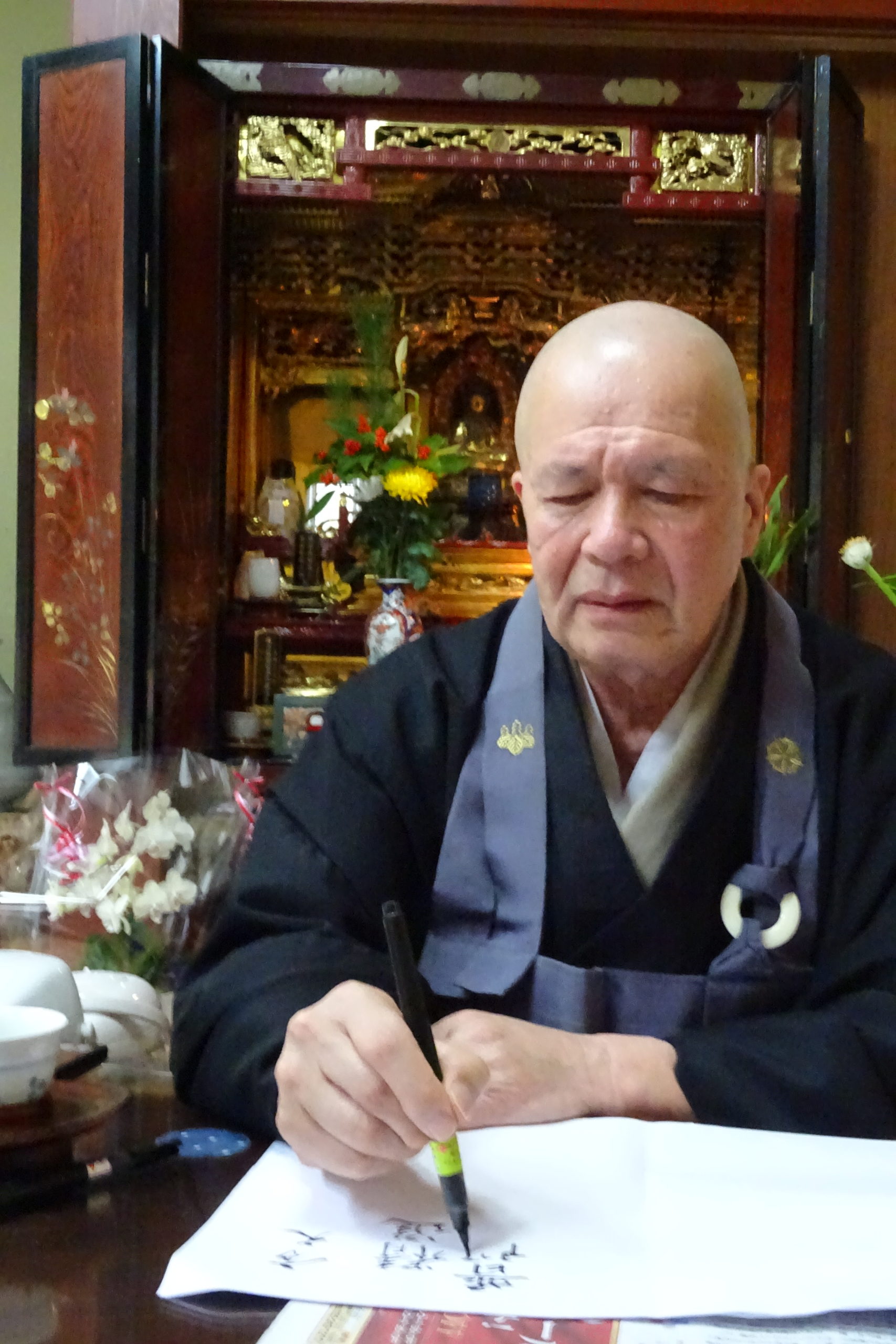
Then, we walked on socks on floors worn smooth by centuries to a room set for silent meditation. I sat on a cushion and tried to find silence. For brief moments, I succeeded, but thoughts, like loud heavy trains, kept intruding. I need daily practice.
After meditating, we ate simple, fresh Buddhist vegetarian dishes and drank green tea. I sat next to Monk Hojyou, who showed me how he learned to wash dishes as a student at the monastery. He poured leftover tea into the bowls and wiped them with a Japanese pickle. The tea, pickle, and remaining food scraps would become compost. Nothing was wasted.
The Urasenke Chado text states that “Rikyu (the founder of the Way of Tea) suggests that heart-to-heart communication between host and guest transcends the material quality of the tea and is the most important element in satisfying the guest.”
Hojyou’s heartful gifts of time, teaching, and tea satisfied me.
Tea Market
Get More Value from Your Tea: BRU Maker One
+41794574278
Jacque's Organics
(647) 804-7263
Thank You!